Canada’s National Ballet School’s Land Acknowledgment
Across cultures and traditions, dance and movement can transcend differences and speak to our shared human experience. However, throughout Canada’s history, the government has imposed regulations and restrictions on the cultural expression of Indigenous peoples. In 1876, when the Indian Act came into effect, Indigenous traditions and celebrations, including dance, were banned:
Every Indian or other person who engages in or assists in celebrating … Indian festival or Indian dance … is guilty of a misdemeanor, and shall be liable to imprisonment ... and any Indian or other person who encourages ... such a festival or dance, or to celebrate the same, ... is guilty of a like offense ...." (Excerpt from the Indian Act)
Through the Indian Act and residential schools—federally-run schools that implemented the Canadian government’s “aggressive assimilation” policy that would indoctrinate Indigenous children in the “Canadian way” while erasing their own traditions—Indigenous peoples were legally deprived of their music and dance. And, despite brave attempts to keep tradition alive, many cultural expressions were lost forever. It is important to reflect on these egregious acts of cultural genocide, which reach well before and extend beyond the duration of the Indian Act and residential schools.
Today, the campus of Canada’s National Ballet School, sits upon the traditional territory of many nations including the Mississaugas of the Credit, the Anishnabeg, the Chippewa, the Haudenosaunee and the Wendat peoples and is now home to many diverse First Nations, Inuit and Métis. We acknowledge that Toronto is covered by Treaty 13 with the Mississaugas of the Credit, (Source: City of Toronto). We also acknowledge that our gratitude comes at great cost to Indigenous peoples.
We gratefully acknowledge that the descendants of the first peoples who lived here are a vibrant and integral part of our society today, and we deeply value the opportunity we have to learn from and cherish the contributions of Indigenous peoples of the past, present and into the future.
Whenever we gather on our beautiful campus here in Toronto—whether for a short visit or over many years as we nurture and grow our talent and passion for dance—it is essential to pause and recognize that people lived on and cared for these lands for centuries before a ballet school stood on these grounds.
As both a training organization and an academic school, we are committed to the education and empowerment of our entire community, and most especially of our young people to reflect deeply, learn from the past and assume leadership in fostering equity, diversity and inclusion—as individuals and through that which has the power to universally connect us all: Dance.

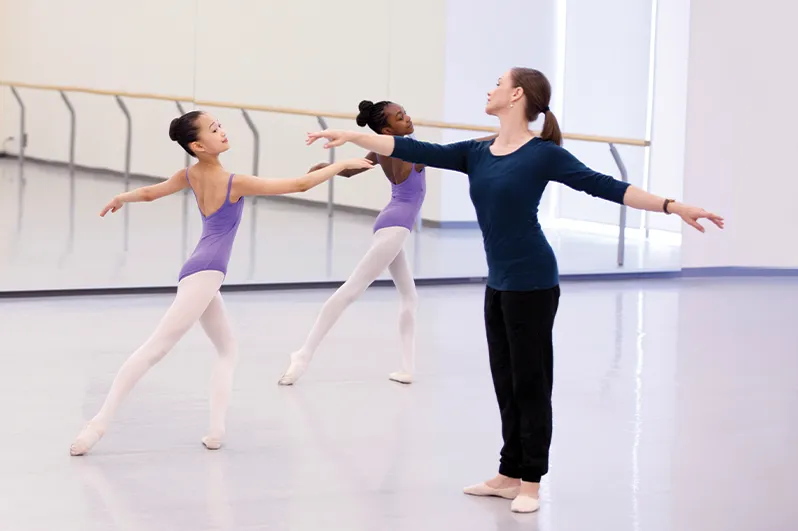
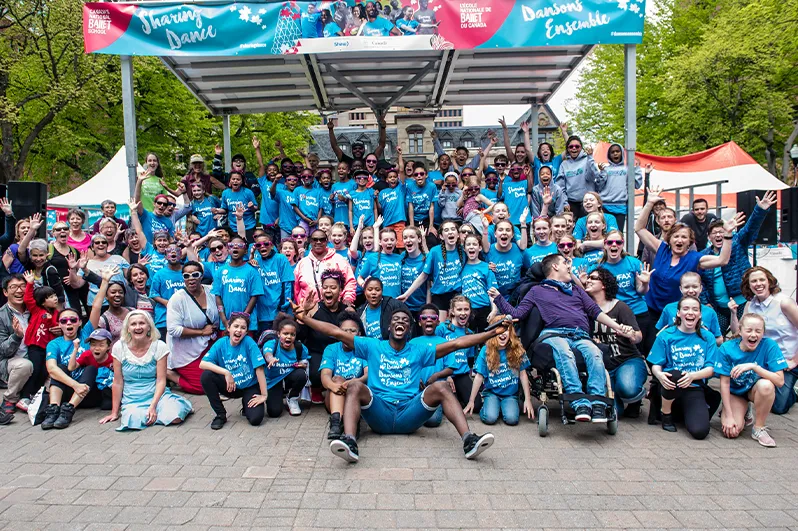
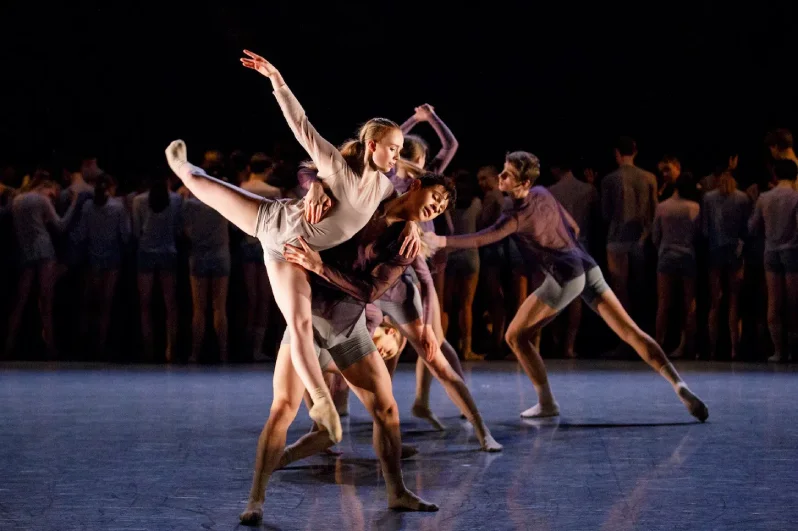
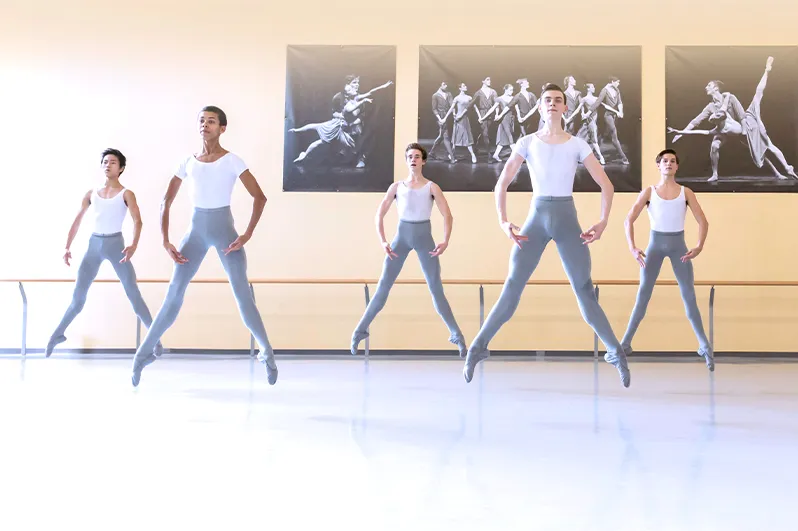
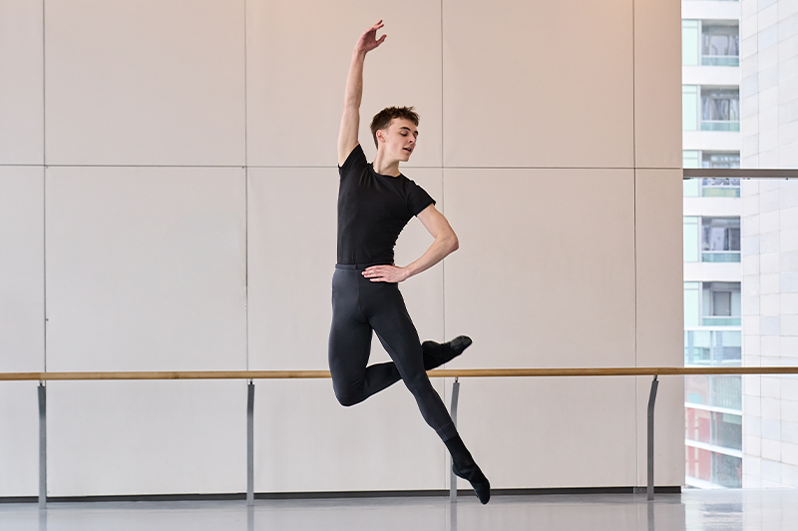
.webp)